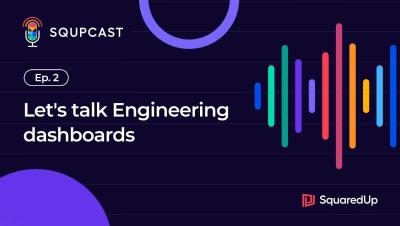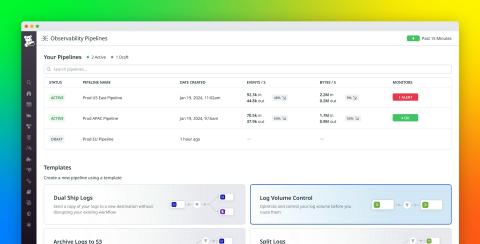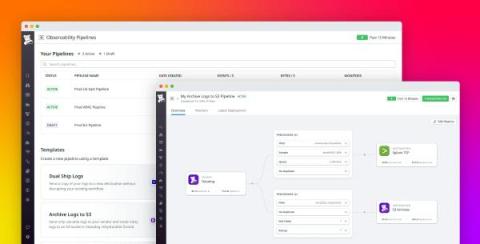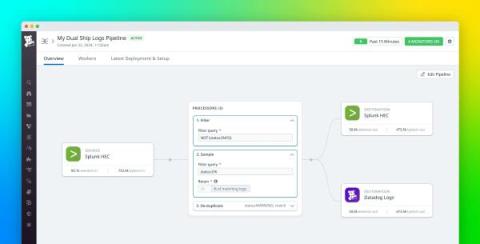How To Prevent Website Downtime - Guide To Website Availability
Website downtime can be a frustrating and costly experience for both website owners and visitors. This article will explore the common causes of website downtime and provide practical tips on how to prevent and minimize its impact on your website's availability and performance.











